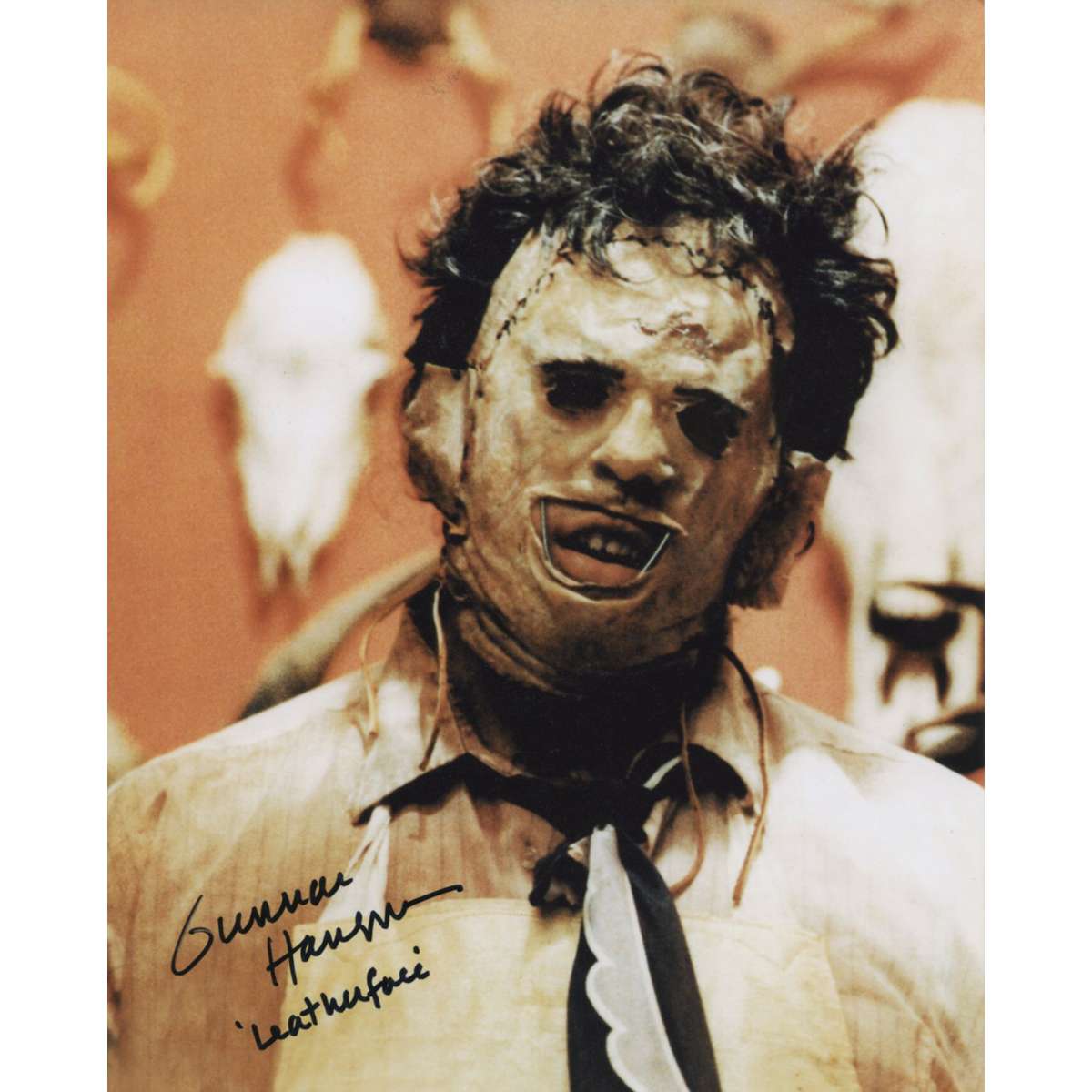

- The texas chainsaw massacre the texas chain saw massacre manual#
- The texas chainsaw massacre the texas chain saw massacre plus#
The texas chainsaw massacre the texas chain saw massacre plus#
In the course of forty plus years it’s segued from “…sick crap…” to:

Soon, an invitation to the prestigious “Director’s Fortnight program” at the Cannes Film Festival, and the acquisition of a print of The Texas Chainsaw Massacre for the permanent collection at the Museum of Modern Art, began to reflect the growing critical acclaim the film would eventually achieve. It made me sick…I couldn’t sleep all night long,” the team punter groused.įilm critic and Tank McNamara creator, Jeff Millar, screamed, “…what’s the point of carping about construction and, you know, AESTHETICS when ‘The Texas Chain Saw Massacre’ is being pitched for the geek trade?”īut then came a review by Rex Reed that encouraged readers to …”run, not walk…” to the nearest theater. The Rice University football team blamed the film for their 25-6 loss to the Arkansas Razorbacks. Made in grueling heat in the summer of 1973, The Texas Chainsaw Massacre, opened in 230 theaters on October 11th, 1974, to a less-than-stellar reception. Undaunted, Hooper and Henkel set about putting together the team that would bring to life The Texas Chainsaw Massacre, a film that would bring about a quantum shift in the landscape of horror, create Leatherface – arguably, the most iconic horror villian – and imprint itself indelibly on the American psyche. Before it was over, the budget would balloon to just over $100,000. My life, and the lives of many, many others would be unimaginably different, if not for him.“īoth production and post-production were fraught with problems. “I didn’t fully appreciate it then,” Henkel says, “but it was an enormous leap of faith on Bill’s part. Parsley became the film’s principal investor. Henkel credits Skaaren with giving the film its final title, The Texas Chain Saw Massacre, and it was Skaaren who put Hooper and Henkel together with former state legislator, William J. Bozman-as it happened-had been a friend and classmate of Warren Skaaren’s at Rice University, and Skaaren was then Governor Preston Smith’s choice as the inaugural Commissioner of the newly-formed Texas Film Commission. Feigelson’s indy film, Windsplitter, and Henkel wanted Bozman to Production Manage on Leatherface (the film’s working title). They were prepared for the worst with three separate budgets: a high-end budget of $60,000.00, a mid-range budget of $40,000.00, and a desperation black and white budget of $25,000.00.Ī friend of Henkel’s who got the script was Ron Bozman. Once they had a completed script, Hooper and Henkel-without connections to investors willing to put money into high risk, low budget, independent films-got the script out to any and everyone they felt might lead them to an investor.

Our criterion was, if I kept him chuckling, we were doing okay.” I’d bang out a half-dozen pages and bring them in to Tobe.
The texas chainsaw massacre the texas chain saw massacre manual#
Late nights Henkel would walk over to Hooper’s, where they, “…squatted on the dining room floor and worked out the arc of the scenes.” Apparently there was no furniture-then Henkel would go out to the kitchen, “…there was a linoleum topped table and I had an old manual typewriter. In the winter of ’73 both Hooper and Henkel had day jobs, Hooper directing commercials, industrial, and political spots for Filmhouse, a local Austin production company, while Henkel worked as a commercial illustrator.


 0 kommentar(er)
0 kommentar(er)
